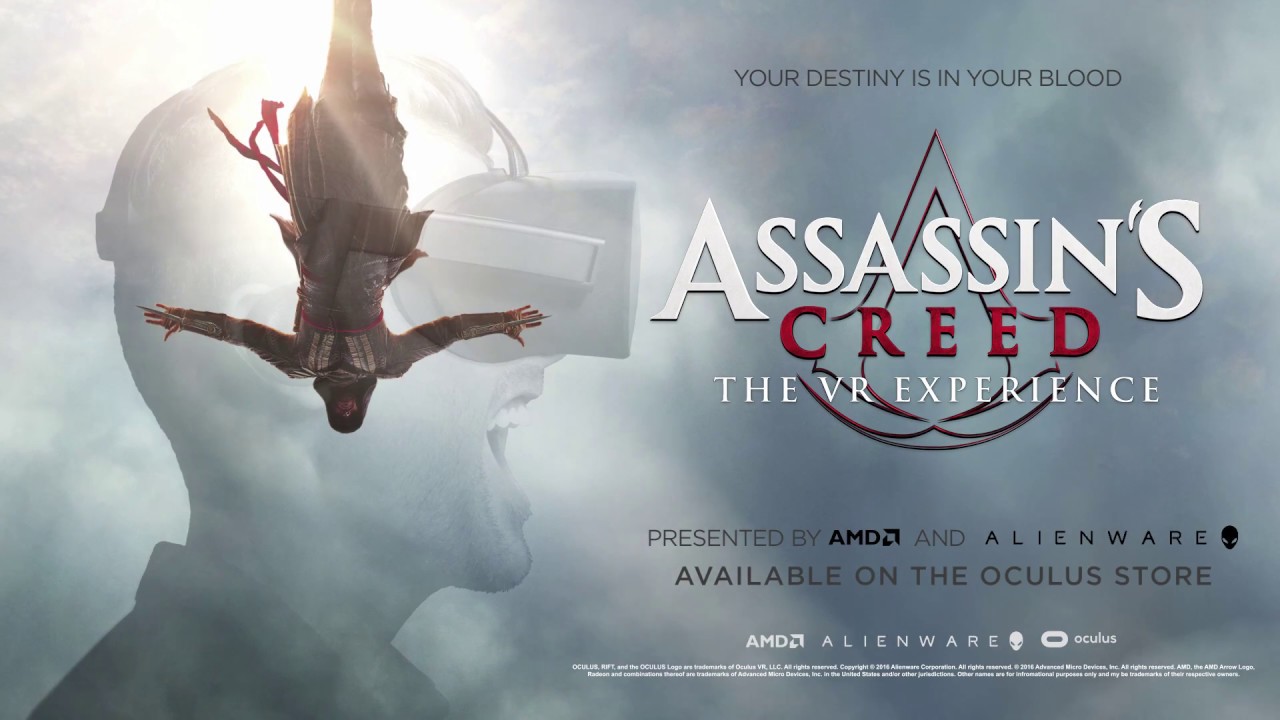Meta Pushing Asset Streaming Technology for Open World Games
Open world games are the next huge step for Meta Quest 2 and Meta has prepared an asset streaming guide for VR developers.
Open world games are now some of the most popular genres. Think games like Assassin’s Creed, The Witcher, GTA, The Elder Scrolls, and Far Cry. They are played by tens of millions of enthusiasts.
As Meta makes its way into the gaming mainstream, it is also looking to venture into the open world games category with the Meta Quest 2. The challenge, however, is that Quest 2 headsets are standalone devices that run independently on smartphone chips and are, thus, limited in memory and performance. As a result, Virtual Reality studios must find ways of circumventing these limitations.
The main challenge when it comes to developing expansive open worlds is coming up with how you can fit the world into memory and at runtime. To load an entire world into a hardware-constrained device will quickly deplete your system’s memory. Normally, players wo9uld only interact with a single section of an open world game at a time. This allows the player to save memory through streaming. In other words, the player only runs the part of the world that they are interacting with at a higher fidelity while the other areas are loaded at a lower resolution and farther away.
Selectively Load Open Worlds with Meta Quest 2
Asset streaming for Meta Quest 2 will work in a similar way whereby only the parts of the open worlds where the player is currently located and which they are interacting with are rendered in full detail. What this means in practice is the objects in the background will be loaded and streamed with varying levels of detail and farther away from memory.
To assist developers with asset streaming, Meta is currently providing new resources with which developers will learn how to use asset streaming in virtual reality apps in a meaningful way.
Developers are now able to choose whether to load certain areas at all until these are in close proximity to the player. These areas can be loaded or unloaded as a player moves around a developer’s world depending on the potential for player interaction.
This optimization of memory utilization has a positive impact both on the visual and audio quality of the app being used as hitches will invariably have a negative impact on the player experience.

To work around these memory problems, developers can leverage both documentation and example Unity project based on an Oculus Studio title known as Dead & Buried 2. This example project takes you through the process of evaluating assets, profiling the runtime performance, creating a system for loading and unloading different levels of detail (LODs) according to player position, generating assets at different levels of details (LODs), as well as writing tools for confirming the asset management system is functioning.
The sample project is in-depth and also includes steps that developers can easily repeat and rinse to optimize the runtime in all the areas of their world, including the sub-levels. Because no two worlds are exactly the same, Meta says it is also providing suggestions on other ways in which the runtime performance can be improved.
The example project emphasizes loading level geometry. However, its core principles are still applicable to components like meshes, audio, animations, and much more. A developer’s world should be experienced in full fidelity and asset streaming is crucial to scaling up both your current and future apps to give players an optimal experience.
Meta Has Major Open World Games Currently Under Development
Meta has major VR game development projects that will be running for the next few years and these will also be a testament to the fact that open world games are also possible with the Meta Quest 2.
At the Connect 2021 last year, Meta announced one such project: A virtual reality port of GTA: San Andreas which should have been under development for several years now. Another key contender is Assassin’s Creed VR although there isn’t anything specific about this yet.
All of Meta’s high-profile game development projects are being built exclusively for Meta Quest 2. New rendering techniques like AppSW could also help in getting the most out of the device. AppSW is promising up to 70% more in rendering performance and the first demo looks promising so far.
https://virtualrealitytimes.com/2022/01/12/meta-pushing-asset-streaming-technology-for-open-world-games/https://virtualrealitytimes.com/wp-content/uploads/2022/01/Assasins-Creed-600x338.jpghttps://virtualrealitytimes.com/wp-content/uploads/2022/01/Assasins-Creed-150x90.jpgTechnologyOpen world games are the next huge step for Meta Quest 2 and Meta has prepared an asset streaming guide for VR developers. Open world games are now some of the most popular genres. Think games like Assassin’s Creed, The Witcher, GTA, The Elder Scrolls, and Far Cry. They are...Sam OchanjiSam Ochanji[email protected]EditorVirtual Reality Times - Metaverse & VR
